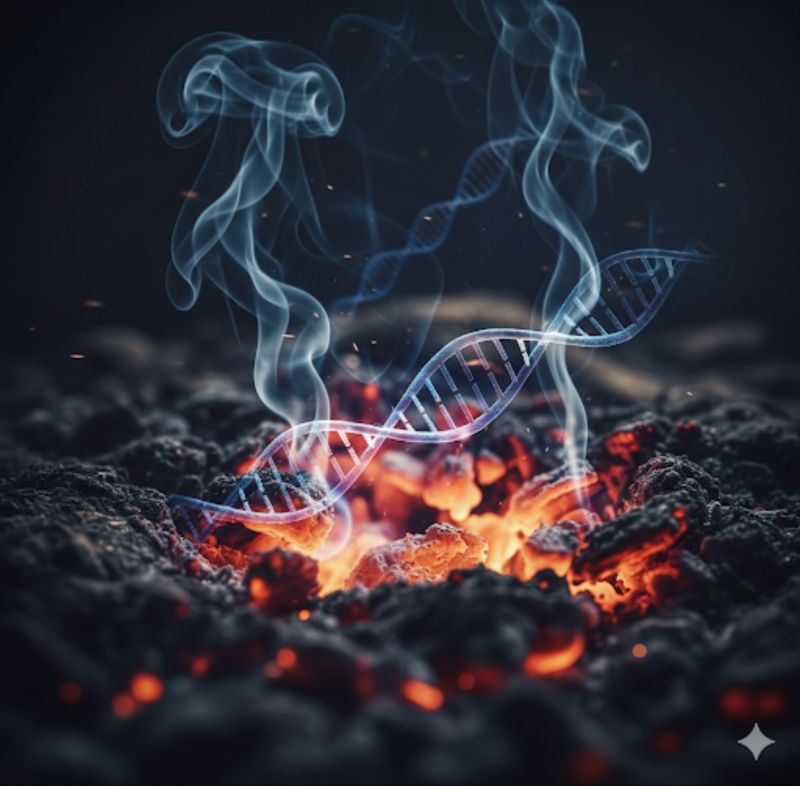Douglas Flora, President-Elect Association of Cancer Care Centers at Association of Cancer Care Centers, shared AI in Precision Oncology’s post on LinkedIn:
“Minimal Residual Disease Beyond the smoke: How we’re using science to find what’s left behind
For generations, cancer care has centered on the visible. We use surgery, radiation, and chemotherapy to fight the blazing inferno of a tumor until the flames are gone and the smoke clears. Yet, too often, we know that despite our best efforts, the fire can return, sometimes months or even years later. This is because we have long lacked the tools to see what is left behind.
Think about it: once a forest fire is out, you can look across the charred landscape and see no active flames. From a distance, it looks like a job well done. Our traditional methods of surveillance, like CT scans, are often doing just that—looking for the big plumes of smoke that signal the fire has started again.
But what if, beneath the ashes, a few microscopic embers are still glowing? These are the minimal residual disease (MRD) cells—the silent, unseen remnants of the tumor. They are a ticking clock, a source of potential new growth, and the greatest threat to a lasting cure.
An objective look at prognosis:
This is where a profound shift is occurring in oncology. We are no longer limited to just looking for a new blaze. New molecular tests, powered by incredible advances in genomics and artificial intelligence, are giving us the ability to find those nearly invisible embers. These tests, often called liquid biopsies, analyze a patient’s blood for tiny fragments of cancer DNA. This provides us with an objective, quantifiable measure of a patient’s risk of recurrence.
This is more than just a lab result; it is a new level of clinical confidence that allows us to make better decisions for our patients.
- A negative test is like searching the ashes with a thermal sensor and finding nothing. It gives us powerful reassurance that the embers have been extinguished. This objective data can be the basis for de-escalating therapy, potentially sparing a patient the toxicity of unnecessary treatments.
- A positive test is like finding a glowing ember in the dark. It is a clear signal that microscopic disease remains. This information can be the catalyst for escalating therapy, guiding us to new or extended treatments to put out the last of the fire before it can spread again.
The more published studies I read, the more convinced I am that we are underutilizing these tests. These are IMO SOC now for colorectal cancers, and strong evidence now emerging this year supporting a number of other tumors like breast, bladder, melanoma, other GI with similar data.
This ability to see what was once unseeable changes the entire conversation around cancer prognosis. It moves us from broad, population-based risk assessments to a highly personalized approach, giving us the power to truly tailor our treatments and give each patient the best possible chance for a long, healthy life, free from the threat of recurrence.”

More from Douglas Flora on OncoDaily.
